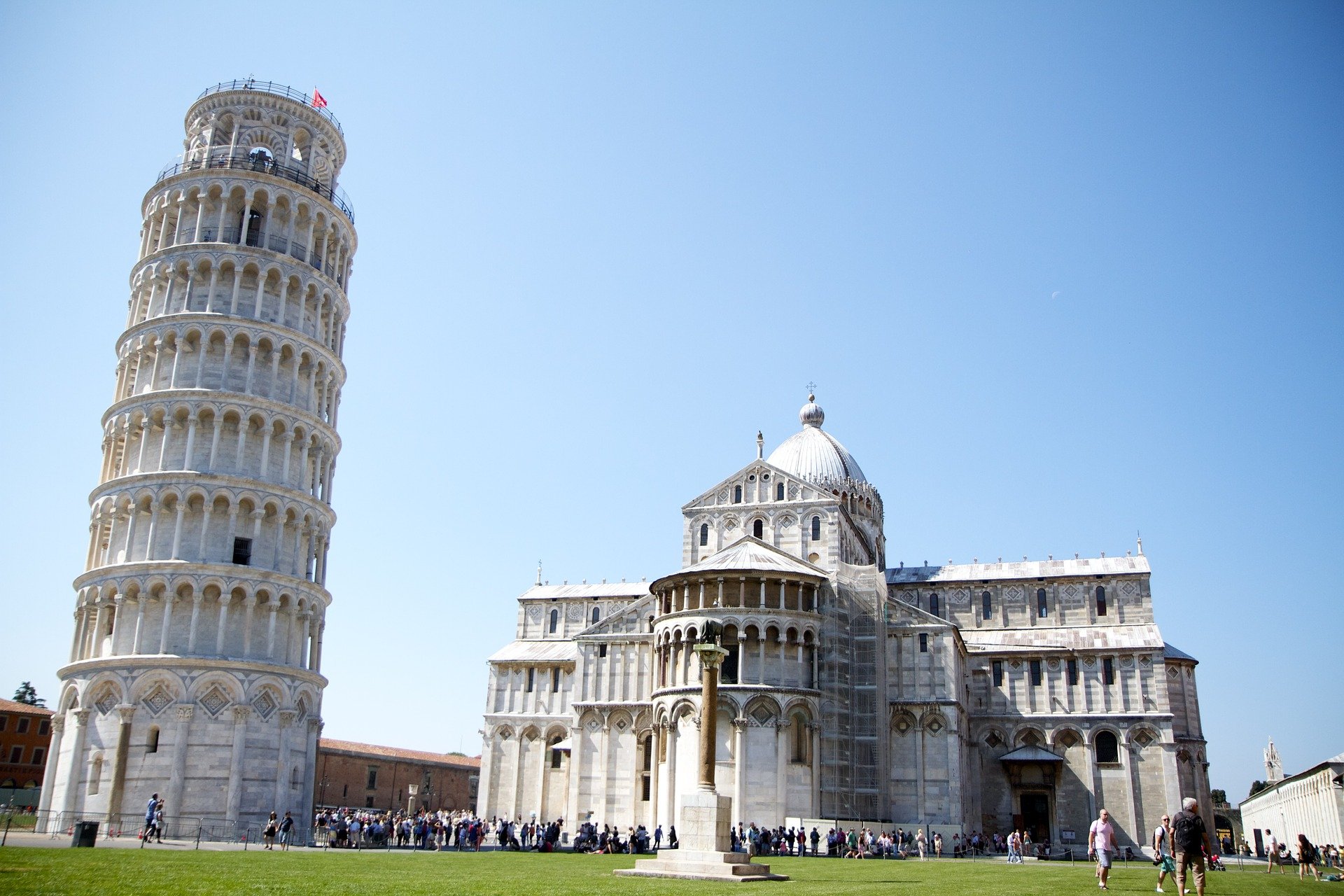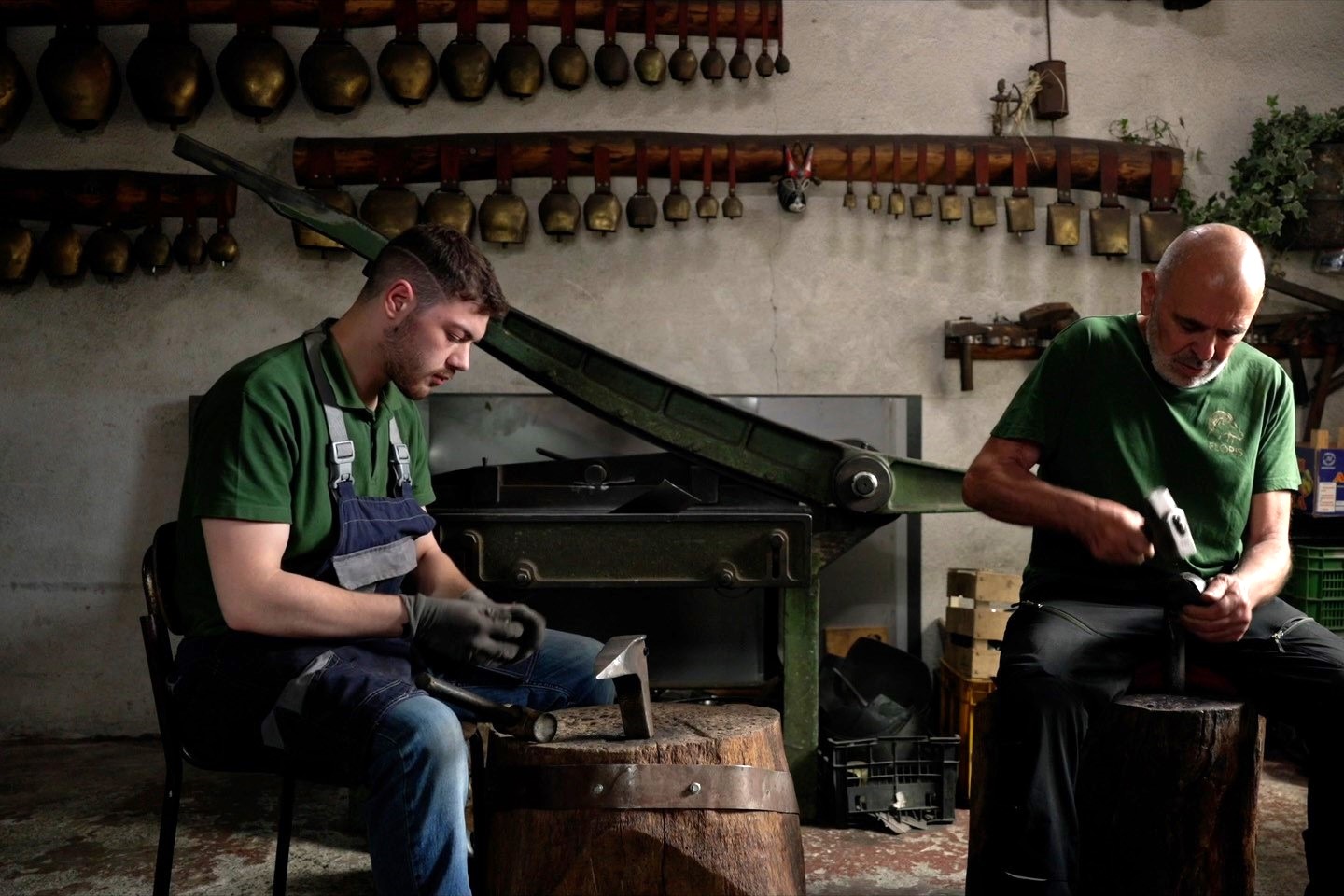“It can even incline five steps more without falling”: the history of the Leaning Tower of Pisa is full of anecdotes and legends, which come along with interesting researches and studies.
One of these stories, from which the quote has been taken, dates back to 1728: when Charles Louis de Secondat, the Baron de Montesquieu visited the Piazza dei Miracoli in Pisa during his staying as guest of the Medici’s family, he got extremely fascinated by the leaning tower.
After four centuries, he was not wrong after all: not only the “Torre di Pisa” is still standing, but it is one of those endless, most beloved attractions for Italians and tourists from worldwide. Built in three phases, between 1173 and 1370, on the alluvial sediments of the River Arno, its construction works lasted 176 years. In the first phase, four orders were completed whereas, during the second one (1278), the 7th order was finished. The rise of the bell Tower was eventually achieved in 1360.
However, the unique feature of the tower, which catches tourists’ interest and surprise, has caused many concerns, especially regarding the continuing tilt and the safety issue related to it.
The history of la “torre pendente”, the attempts to prevent its fall, and the measures to get it stabilised have been discussed during the event “How is the Tower of Pisa still standing?”, hosted by the Italian Cultural Institute in San Francisco.
The panel turned into a fascinating talk run by two experts who worked on the projects that saved the tower: Michele Jamiolkowski, Professor Emeritus at Technical University of Turin and an internationally recognized expert in geotechnical engineering, and Carlo Viggiani, Professor of Foundation Engineering at the University Federico II in Naples since 1975 and member of the International Committee for the Safeguard of the Tower of Pisa.
As explained by Professor Jamiolkowski, the tower integrity is under continuous threats, mainly because of the progressive growth of rotation at increasing risk rate and the possibility of sudden masonry failure on the south side, between the 1st and the 2nd order. For these reasons, along the 20th century, sixteen committees have been appointed by the Italian Government in order to run no-stop investigations on the Tower movements.
The team, whose members have been changing over time, had the most serious challenge in 1989 when a similar tower, in Pavia, Lombardy, collapsed with no warnings. According to experts, the way it collapsed could definitely strike the Pisa Tower, considering that the facade is under stresses related to the tilting.
One of the ideas the committee came up with was the so-called “under-excavation method”, that helped correct the tower inclination. This study was introduced for the first time by an Italian engineer, Fernando Terracina, who proposed this solution on the «Geotechnique» magazine in 1962: this method required the reduction of contact pressure on south side by removing soil under north side, with series of borings. The solution was adopted in 2000s, and Mr Terracina could only witness the first part of it. Indeed, the foundations of the Tower were stabilized using various measures and forty extraction holes were drilled below the tower. The under-excavation is still believed to have majorly contributed to the current stability.
In June 2001, the Tower was returned to the Pisans and to the world in conditions of largely improved margins of safety and in December it reopened to visitors. Although Professor Viggiani and Professor Jamiolkowski have been working together for years and have come up with common analysis on what forced the tower behaving in a certain way, they still have different opinions on what to expect in the future. Many studies about its development have been introduced, ranging from a permanent stable situation to scenarios where the evolution of the leaning instability may only have been retarded for a few years.
According to Professor Jamiolkowski, the scenario is pessimistic: although the Tower remains stable for a certain period of time, there will be a resumption of rotation at a reduced rate, giving it only 300 years of life.
On the other hand, Professor Viggiani belongs to an optimistic group of experts, who believe the leaning instability phenomenon has stopped and the continuing rotation will cease, except for minor cyclic rotations induced by seasonal phenomena and ground water oscillations. What is certain right now is that all the efforts have been aiming to the same direction: saving one of the most iconic monuments of the Bel Paese in the world.





























